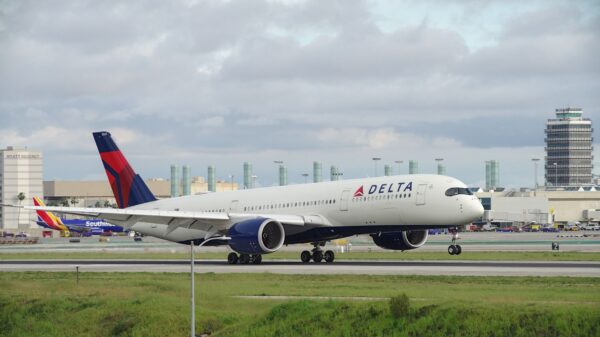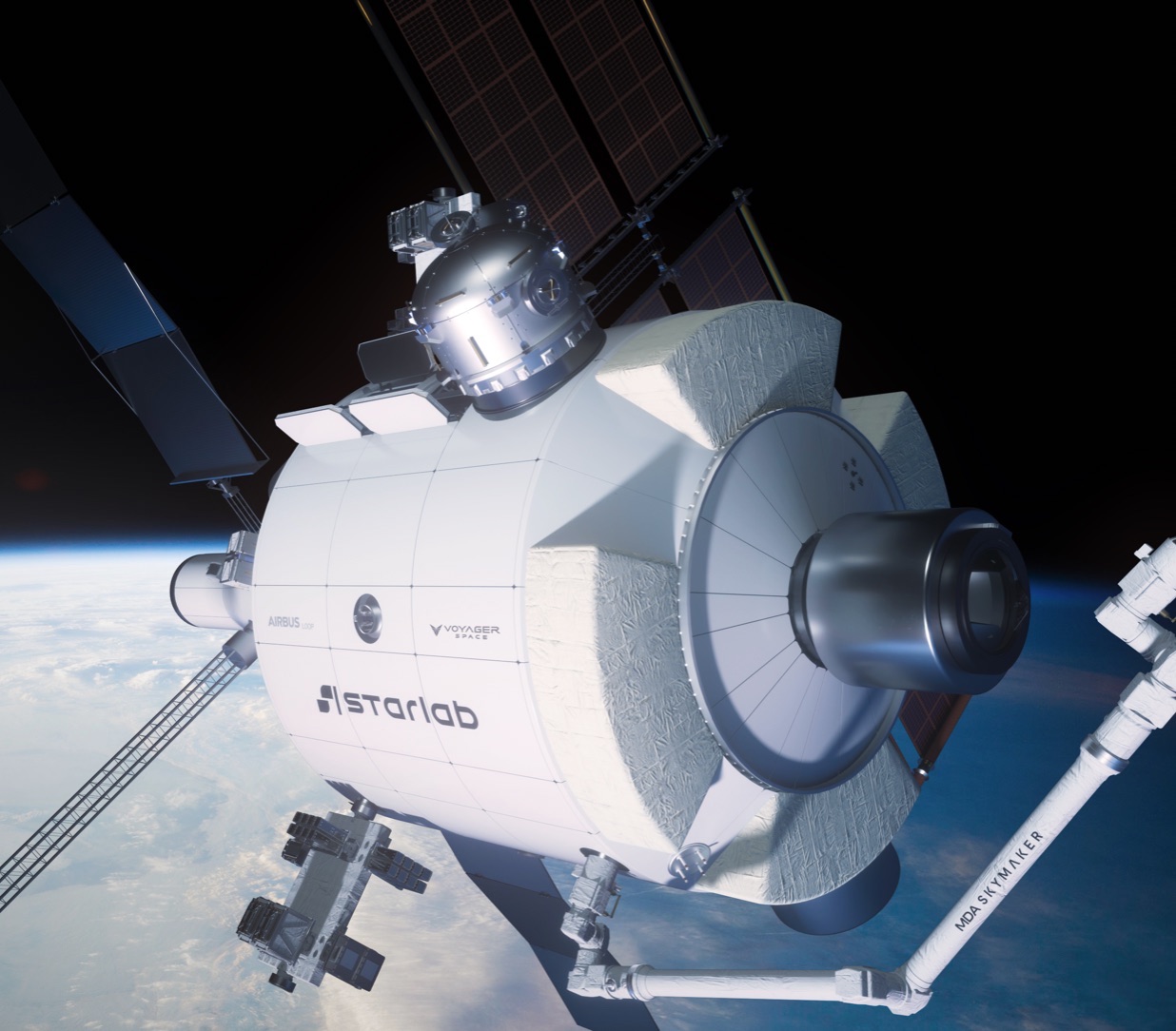NASA has announced a significant shift in its approach to developing commercial space stations, a decision that could result in the end of the agency’s permanent human presence in low Earth orbit. This development represents a pivot away from earlier ambitions to foster a robust commercial space environment.
The agency’s revised plans indicate a decrease in support for private companies aiming to establish their own orbital facilities. This move raises questions about the future of human activity in low Earth orbit, a domain that has been central to NASA’s operations since the early days of space exploration.
Implications for Future Missions
The decision comes at a time when NASA has been increasingly focused on its Artemis program, which aims to return humans to the Moon by 2025 and eventually send astronauts to Mars. The shift in focus towards lunar and Martian exploration may mean reduced investment in low Earth orbit. As a result, commercial entities seeking to create their own platforms for research, manufacturing, and tourism could face uncertainty without the backing of a major governmental agency.
NASA’s support for commercial space stations was initially intended to encourage innovation and reduce costs through public-private partnerships. This plan aimed to transition the responsibility of low Earth orbit operations from government to commercial entities. With the recent change, potential partners may need to reconsider their strategies and investment in space infrastructure.
Response from the Commercial Sector
The commercial space sector has expressed concerns about the implications of NASA’s decision. Companies focused on space tourism and research may need to adapt quickly to the new landscape. The future of these commercial endeavors could hinge on the ability of private companies to secure funding and develop the necessary technologies independently.
According to industry experts, the lack of a clear commitment from NASA could hinder the growth of a sustainable commercial ecosystem in space. Companies that had anticipated a collaborative environment may now find themselves navigating a more challenging landscape without the assurance of government support.
NASA’s decision also raises broader questions about the agency’s long-term vision for human spaceflight. As the space landscape evolves, stakeholders will be closely monitoring how this shift affects both current missions and future opportunities for exploration.
As of now, the agency has not provided a timeline for how this change will be implemented or what specific programs will be affected. The impact on ongoing projects and partnerships remains to be clarified, and many in the industry are awaiting further details.
The future of human presence in low Earth orbit, once a cornerstone of NASA’s agenda, now faces an uncertain path. As the agency recalibrates its priorities, the commercial space sector must prepare for a new era in which government support may not be as readily available.






































































